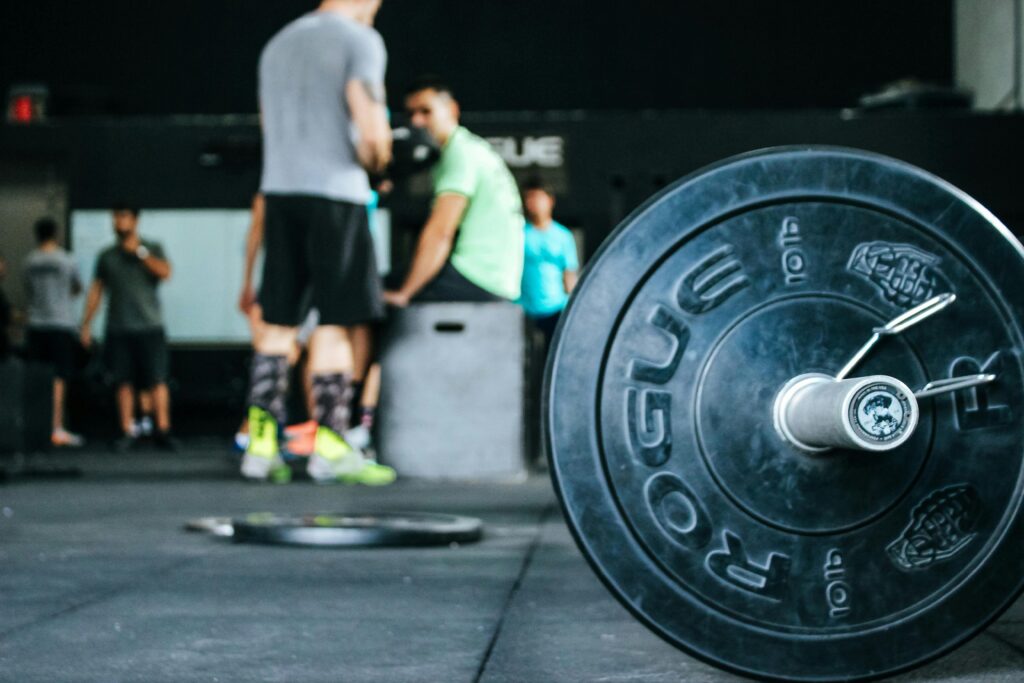There are pillars in the constantly changing world of fitness and cardiovascular fitness has consistently remained a pillar. This is also known as the aerobic fitness and it is an exercise that aims in enhancing the performance of the heart, the lungs and the blood vessels. Whether you’re a beginner aiming for general health or an athlete training for endurance, cardiovascular fitness is essential for longevity, energy, and overall well-being.

💓 What Is Cardiovascular Fitness?
Your cardiovascular fitness is the capacity of your heart and lungs to take oxygen-radiated blood to your active limbs during extended exercise. It is the mechanism behind all the other motions either walking or dancing or championship sports or weight-lifting.
The greater the effectiveness of your cardiovascular system the longer and harder you will be able to perform physical activities without getting fatigued. This efficiency is measured through metrics like VO2 max (the maximum amount of oxygen your body can utilize during intense activity).
🏃♀ Types of Cardiovascular Exercises
There are two main categories of cardio:
- Low to Moderate-Intensity Cardio
Walking briskly
Light jogging
Cycling at a steady pace
Swimming at a comfortable rhythm
Hiking
These workouts support endurance, burn fat gradually, and they are a good start to exercise or active rest day.
- High-Intensity Cardio
Running
HIIT (High-Intensity Interval Training)
Jump rope
Stair climbing
Spinning or fast-paced cycling
These are the activities that raise your heart rate to 8090 of the highest rate and the most suitable ways of enhancing cardiovascular strength at a faster rate and to burn numerous calories.
🌟 Benefits of Cardiovascular Fitness
❤ 1. Improved Heart Health
A consistent cardio strengthens heart muscle, lowers resting heart rates and enhances blood circulation. It reduces heart cancers, stroke and high blood pressure.
🫁 2. Enhanced Lung Capacity
It improves the efficacy of the lungs, the amount of oxygen intake, and the expulsion of carbon dioxide, making you breathe well when subjected to physical and emotional stress.
🔥 3. Weight Management
Cardio burns calories and boosts metabolism. It helps achieve successful weight loss and body composition with a healthy diet.
😌 4. Mental Health & Mood Boost
Cardiovascular exercise stimulates endorphin release, the “feel-good” hormones. It decreases the depression symptoms, anxiety symptoms and enhances mental clarity.
🛌 5. Better Sleep Quality
Aerobic exercise on a regular basis will put your sleep routine in control, create better sleep, and decrease cases of insomnia.
🩺 6. Lower Blood Sugar and Cholesterol
Cardio has the capacity to balance your blood sugar and insulin response and it is particularly significant in controlling diabetes or even preventing diabetes Type 2.
🧬 How Cardiovascular Fitness Works in the Body
When you begin a cardio workout:
Your heart rate increases to pump more blood.
Your lungs expand to take in more oxygen.
Your blood vessels widen, improving circulation.
The muscles consume that oxygen in order to burn glucose and fat to obtain energy.
Over time, your body adapts:
Your heart becomes stronger.
Your VO2 max increases.
You feel less winded doing everyday activities.
Your recovery time shortens.
📏 How to Measure Cardiovascular Fitness
Resting Heart Rate: A lower RHR indicates better heart efficiency (normal = 60–100 bpm).
VO2 Max Test: Available via fitness labs or smartwatches.
12-Minute Run Test: The distance that you cover a run in 12 minutes.
Heart Rate Recovery: The speed of which your heart rate returns back to normal after exercise.

🧠 How Much Cardio Do You Need?
The NHS recommends:
Enough aerobic activity that results in 150 minutes at moderate intensity each week
or
75 minutes of vigorous-intensity aerobic activity per week
You can further divide it into 30 minutes of daily activities, 5 days weekly, and combine the activities with muscle conditioning and flexibility exercises to have a balanced fitness program.
🛑 Tips for Safe & Effective Cardio Training
Warm up for 5–10 minutes before you start
Cool down and stretch afterward
Stay hydrated
Wear proper footwear
Don’t overtrain—gradually build intensity and duration
Listen to your body
